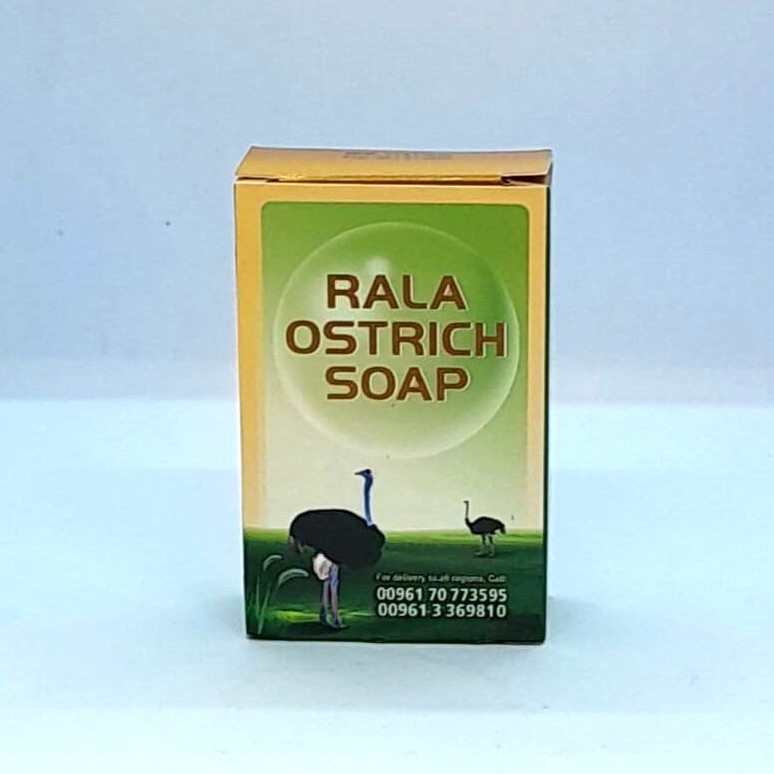Description
In general, ostrich oil is rich in: Oleic acid O9 (42%) Palm acid O 3 (21%) O 6 linoleic acids (21%) Antioxidants. These elements can help fight infections, dry skin, high cholesterol, and more Ostrich oil uses: You can use ostrich oil as a local treatment or as an oil carrier. Mixing it with lotions and creams may help your skin absorb the ingredients better. Ostrich oil benefits: Moisturizing the face, body, and skin. Works great at improving skin hydration and preventing water loss. Studies also show that ostrich oil may reduce the side effects for people with dermatitis and eczema. Weight loss and reducing cholesterol levels. Prevent skin aging. In addition to its moisturizing capabilities, emu oil has positive effects on collagen production.
Reducing inflammation especially arthritis(Joint inflammation and dermatitis (skin inflammation). Treating wounds, scars, and sunburns. The Omega-6 linoleic acid in ostrich oil has positive effects that may lead to: Increasing hair follicles in the wound areas. Preventive benefits from the effects of scarring. Reduce acne scars.
Repel insects, ostrich oil contains terpenes, which are natural insect repellants. Research suggests that terpenes may be effective against head lice and cockroaches, however, terpenes may attract mosquitoes. Help hair and nail growth Apply a few drops of peppermint oil to your scalp and massage to help hair growth, as studies on mice indicate that ostrich oil can promote new hair follicles. PS: For extra caution, please be sure to use a warm washcloth to remove residual oils before breastfeeding.






















